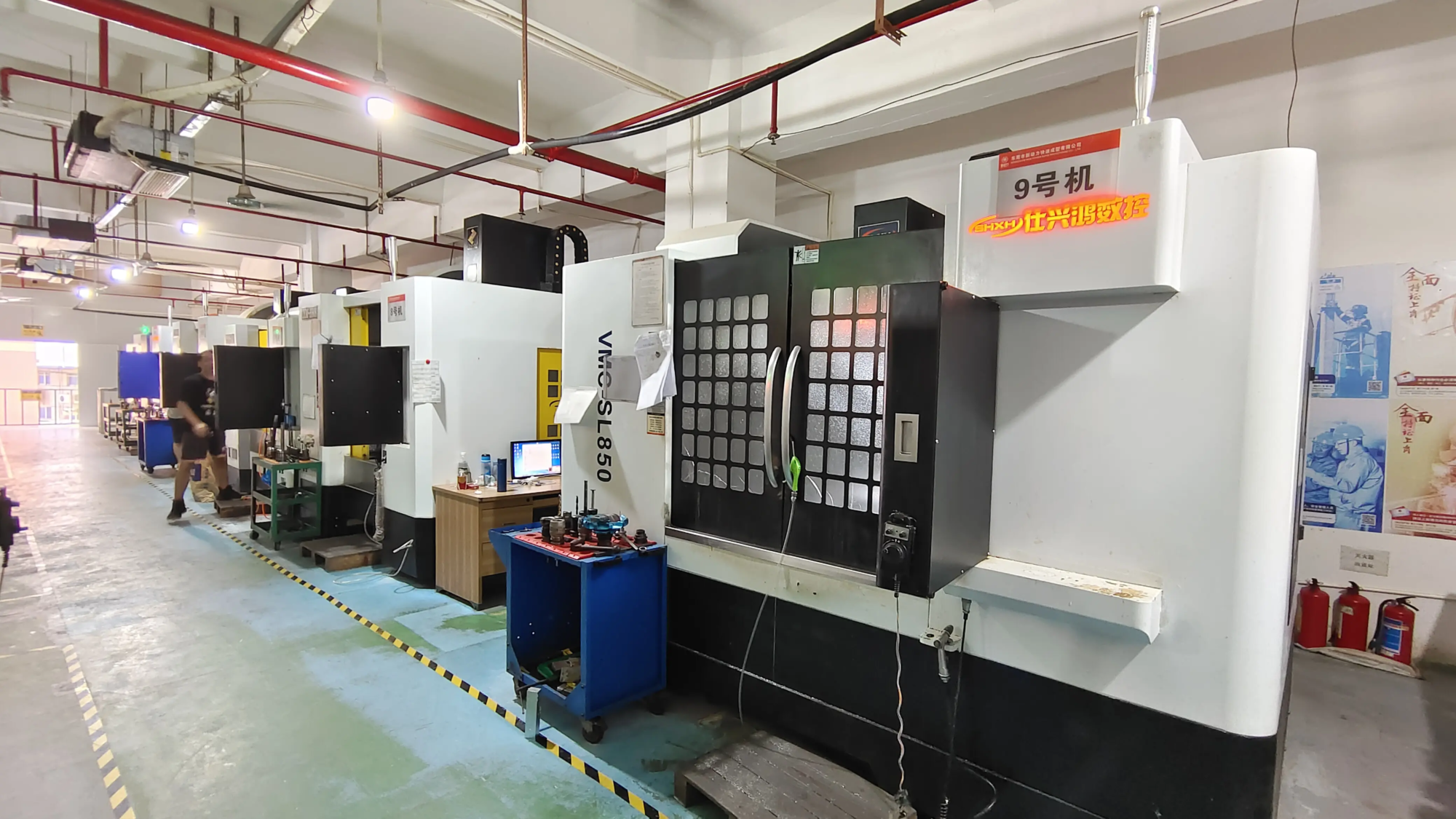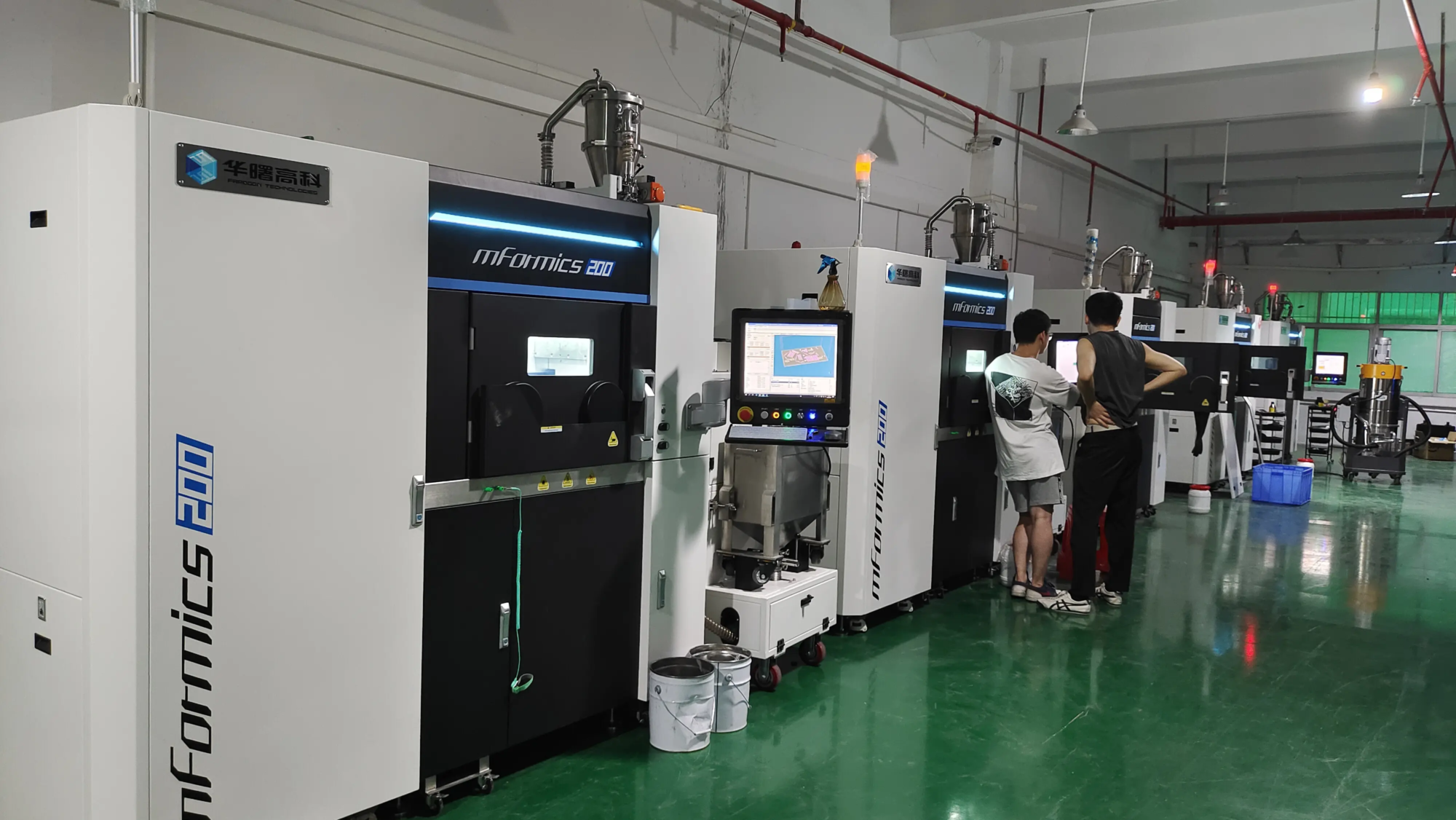On January 14, 2025, according to the resource library, the ETH Zurich’s research team successfully developed innovative technology to use 3D printing to make wall and ceiling components to obtain a humidity adjustment in the interior spaces.
These components are made of recycled mineral waste and produced by 3D printing technology, which can regulate humidity without relying on traditional ventilation systems with high energy intensity, especially for public spaces with a high flow of people, such as offices, museums and libraries.
The key to this technique is the use of an humidity adsorption material, which consists mainly of finely ground marble waste and a ground polymer binder. Geopolymers are made from kaolin reactions and alkaline solutions and have a similar resistance to cement, but carbon dioxide released during the production process is much lower than that of traditional cement. These humidity regulation elements are made by adhesive jet print technology, and each layer of powder is healed using a potassium silicate solution.
Research shows that this material not only absorbs humidity effectively, but also releases humidity when air humidity changes, thus helping to stabilize interior humidity and reduce the loss of comfort.
Currently, these 3D printed components have a dimension of 20×20 cm and a thickness of 4 cm and have been tested for performance through simulation experiments. The test results show that these components can considerably stabilize humidity changes in internal environments with high abortion and reduce the discomfort caused by moisture fluctuations.





